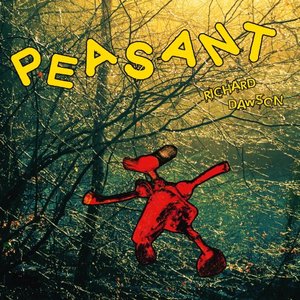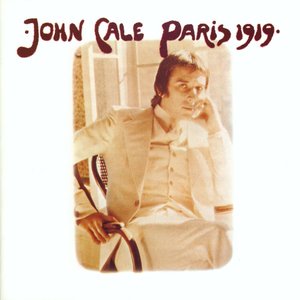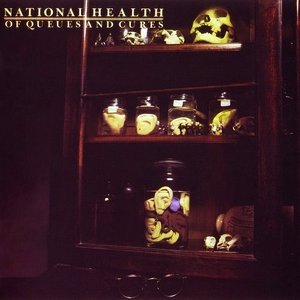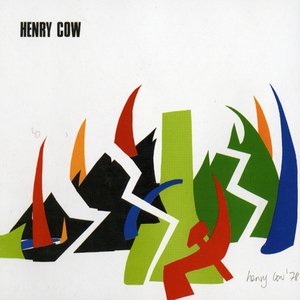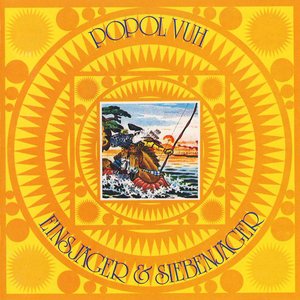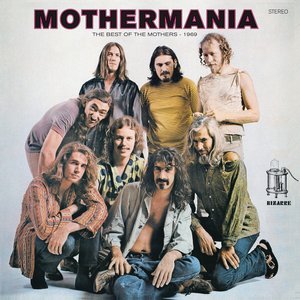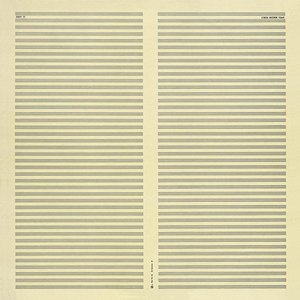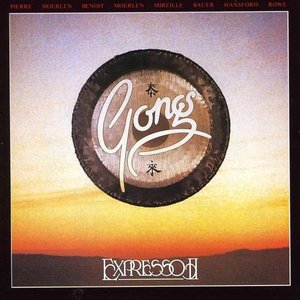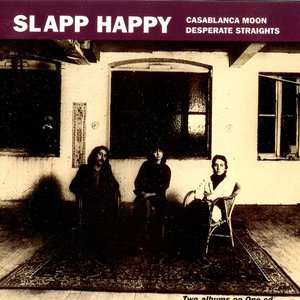Wiki
-
Release Date
1 January 1974
-
Length
5 tracks
Rock Bottom is the second solo album (the first post-Soft Machine) by Robert Wyatt. Although Rock Bottom is technically Wyatt's second solo LP, he has stated in several interviews that he considers its predecessor The End of an Ear as juvenilia and not part of the recognised "canon" of Wyatt solo records.
Preparations were under way for a third Matching Mole album—likely featuring earlier versions of several songs that ended up on Rock Bottom such as Sea Song—when, during the course of a raucous party on the night of 1 July 1973, an inebriated Wyatt fell from a fourth-floor window and was seriously injured, permanently losing the use of his legs. Forced by the accident to give up playing drums, Wyatt abandoned the Matching Mole project and instead changed the project into a solo album, more prominently featuring vocals from Wyatt; his time in hospital recuperating from the accident was spent refining and completing the songs which would form the Rock Bottom album. Although the music itself is intense and often harrowing, and the lyrics to the songs are dense and obviously deeply personal, Wyatt has denied that the material was a direct result of the accident and the long period of recuperation. Indeed, much of the album had been written while in Venice in early 1973 prior to Wyatt's accident, where his partner and future wife (the poet Alfreda Benge) was working as an assistant editor on Nicolas Roeg's similarly haunting and intense film Don't Look Now.
Enlisting friends and luminaries such as Fred Frith, Mike Oldfield, Ivor Cutler and Pink Floyd's Nick Mason (who would end up producing the album), Wyatt recorded most of the album shortly after his release from hospital. In the summer of 1974, the album was released to great critical acclaim. Cutler's performance (reciting a semi-nonsensical narrative halfway through Little Red Riding Hood Hit the Road and intoning the same poem in a flat baritone voice at the end of Little Red Robin Hood Hit the Road to close the album) was singled out for its brilliance, which resulted in his being offered a three-album deal with Virgin Records.
Rock Bottom contained six songs, some of which have more traditional song structures (for instance the opening Sea Song or Alifib), while others are less defined, more expressionist pieces displaying a jazz influence (as in Alife, or the album's centrepiece Little Red Riding Hood Hit the Road). Side two starts with a medley of sorts (Alifib/Alife), with Wyatt first singing and then reciting in a disjointed manner lyrics apparently dedicated to Alfreda Benge, who herself replies with her own vocal retort at the end of Alifib. The LP closer, Little Red Robin Hood Hit The Road, is divided into two parts; the first is a melodic progressive rock song featuring prominent electric guitars and a chant-like vocal refrain, while the second part—bearing little resemblance to the first—features only a droning harmonium, harshly-scraped violin and guest vocalist Ivor Cutler reciting bizarre lyrics in a monotone voice.
Rock Bottom sold better than expected, and reviews were positive; the record and its attendant good publicity (including what was to remain his only major live appearance as a solo artist, at London's Theatre Royal in September 1974) established Wyatt as a respected solo artist independent of his history with Soft Machine. Concurrently, Wyatt also released a non-album single, a straight cover of the 1960s pop tune I'm a Believer, which reached the British Top 30. Aside from the almost immediate follow-up Ruth Is Stranger Than Richard (of which he composed very little, concentrating on lyrics and arrangements) Wyatt would not release another studio album of his own material until 1985's Old Rottenhat.
The artwork for the cover of the album, both the delicate drawing for the 1974 original and the colourful painting for the 1998 re-issue, were by Alfreda Benge.
Professional Reviews
★★★★☆ - AllMusic
9.5/10 - Piero Scaruffi
Prog Archives
Prog Reviews
Album descriptions on Last.fm are editable by everyone. Feel free to contribute!
All user-contributed text on this page is available under the Creative Commons Attribution-ShareAlike License; additional terms may apply.

